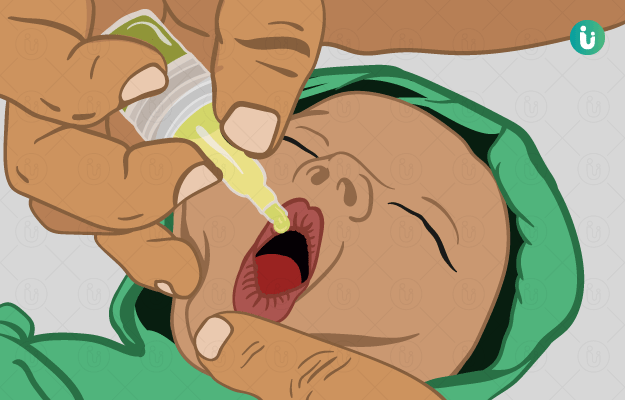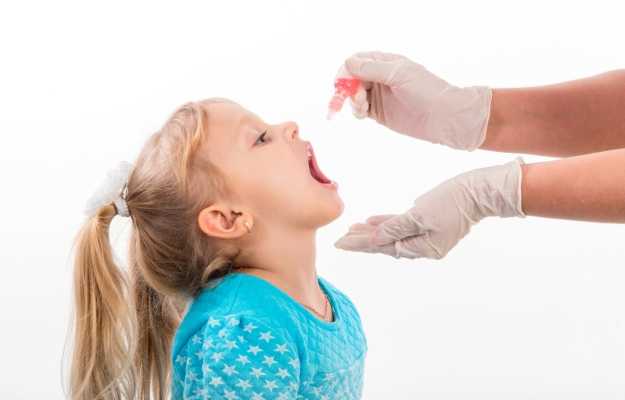What is Poliomyelitis?
Poliomyelitis, commonly known as polio, is a neuromuscular degenerative disorder. The causative agent is a virus of the Picornaviridae family. The virus attacks the anterior horn motor neurons of the spinal cord and brainstem; the motor neurons do not recover, and the associated skeletal muscles are malformed.
It is a highly infectious virus; however, in most people, no symptoms appear. In very few cases, the virus reaches the central nervous system. Patients may then have headaches, stiff necks, discomfort, etc. The disease sometimes progresses to the paralytic stage too.
What are its main signs and symptoms?
The patient presents with a history of mild illness, throat infection, fever, or gastroenteritis.
- Mild illness may progress into muscle spasms and severe pain.
- The limbs weaken, one limb is affected more than the other, and lower limbs are more affected than the upper.
- The muscles become flaccid, and reflexes become subsequently slow until they are completely afflicted.
- The paralysis stays for weeks.
Patients slowly recover from the condition over many years.
In a few cases people who recover from childhood polio asymptomatically, the symptoms may appear decades after recovery. The condition is called post-polio syndrome and is progressive and non-infectious. There is no cure for it.
What are the main causes?
The pathogen is the polio virus belonging to the Picornaviridae family. It is transmitted through the oro-faecal route or the oropharyngeal route. The risk is increased in patients with low immunity and those living in poor hygiene and sanitary conditions. Contaminated food and water intake is the chief route of entry of the pathogen into the body.
How is it diagnosed and treated?
Polio may be suspected depending upon the clinical signs and symptoms. The standard procedure of confirming the diagnosis is a polymerase chain reaction test to detect the poliovirus. Stools, throat swabs, blood, and cerebrospinal fluid (CSF) are sample sources.
Recovery from paralytic poliomyelitis is not possible. The treatment thus aims at rehabilitation of the affected limb, involving physiotherapy, occupational therapy, and recreational therapy. Painkillers are administered for pain relief.
The most effective strategy to combat polio is prevention through immunisation. Polio prevention requires mass immunisation.

 Doctors for Polio (Poliomyelitis)
Doctors for Polio (Poliomyelitis)  OTC Medicines for Polio (Poliomyelitis)
OTC Medicines for Polio (Poliomyelitis)
 Polio (Poliomyelitis) articles
Polio (Poliomyelitis) articles News for Polio (Poliomyelitis)
News for Polio (Poliomyelitis)



















